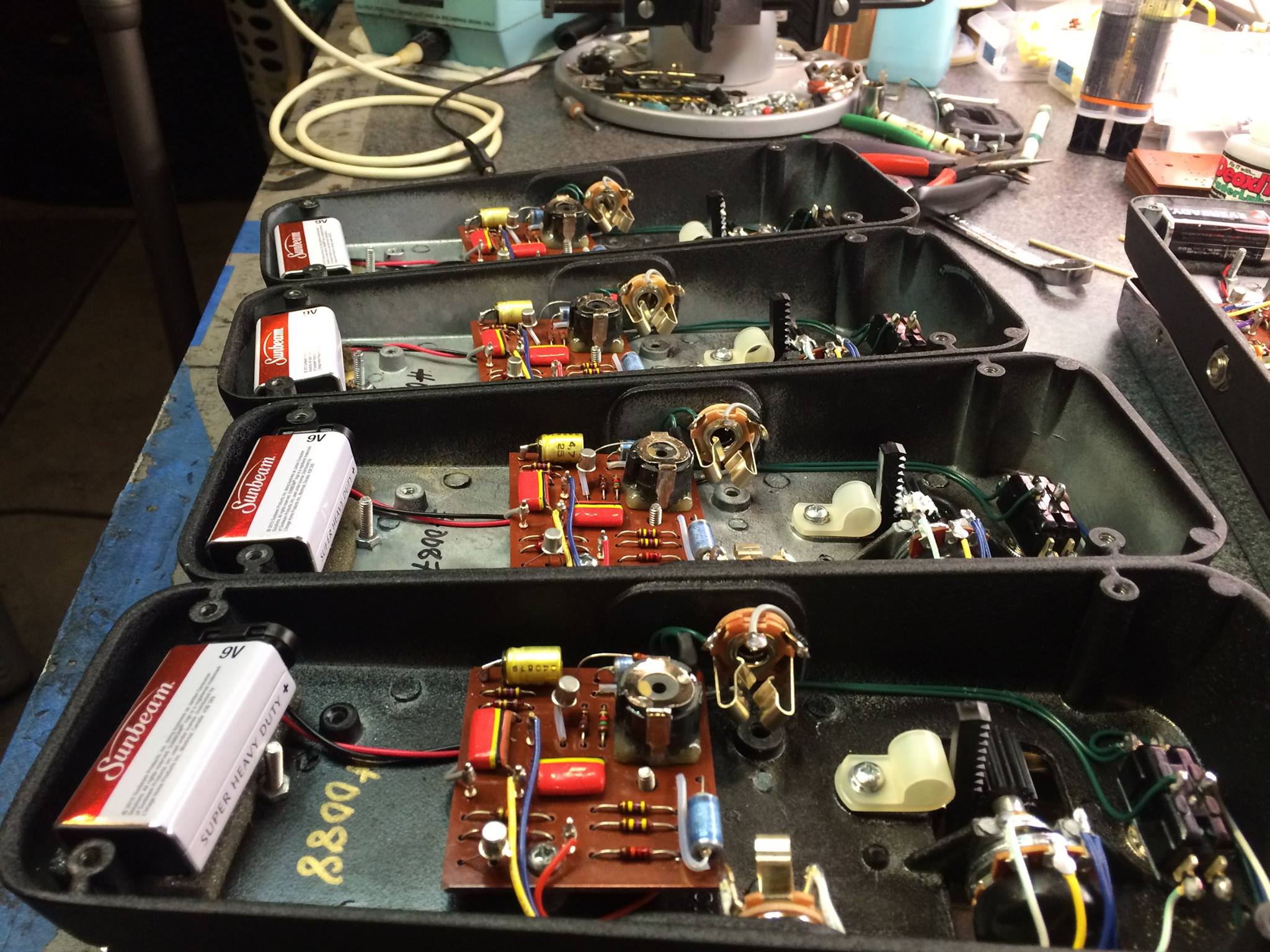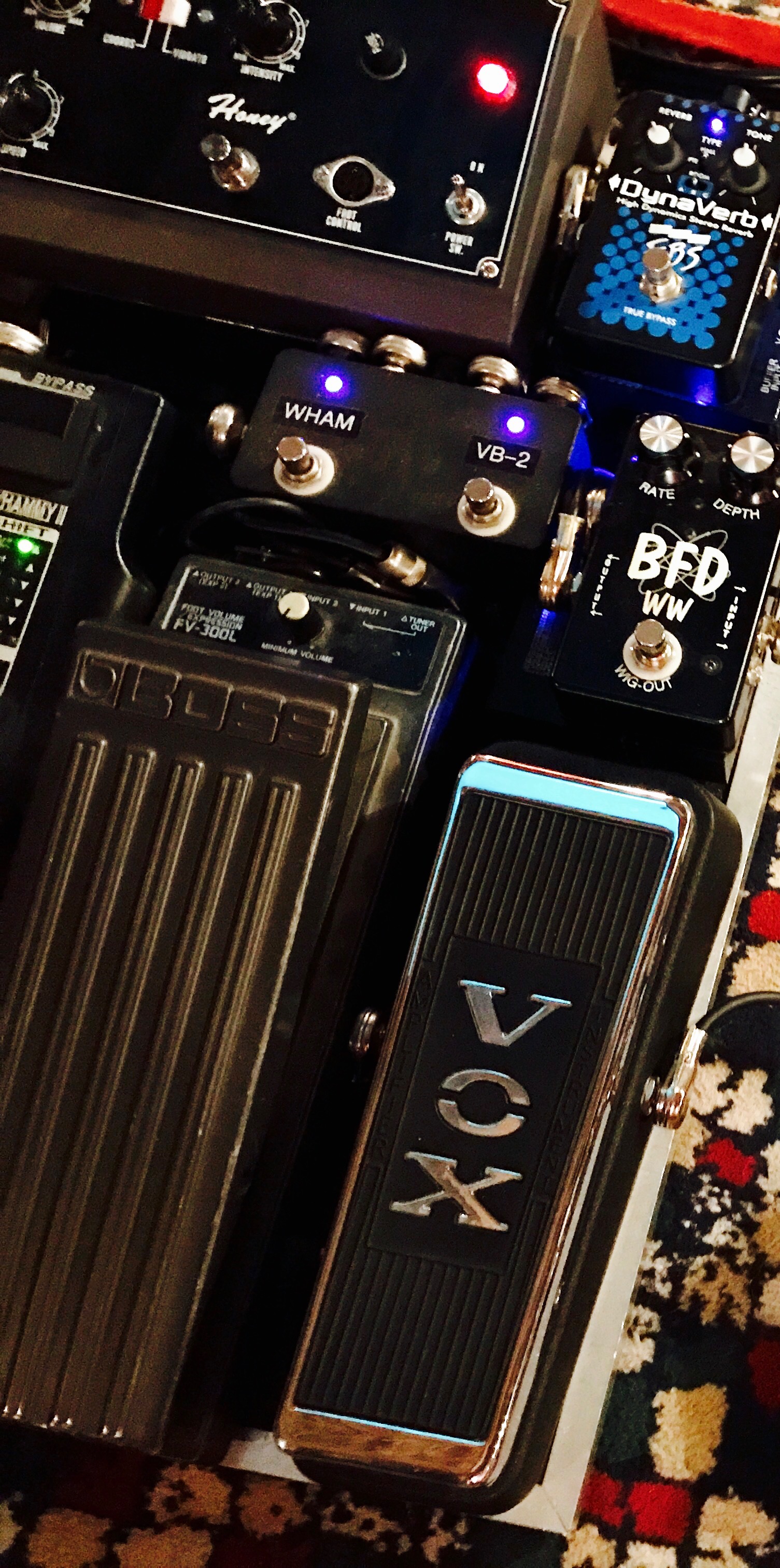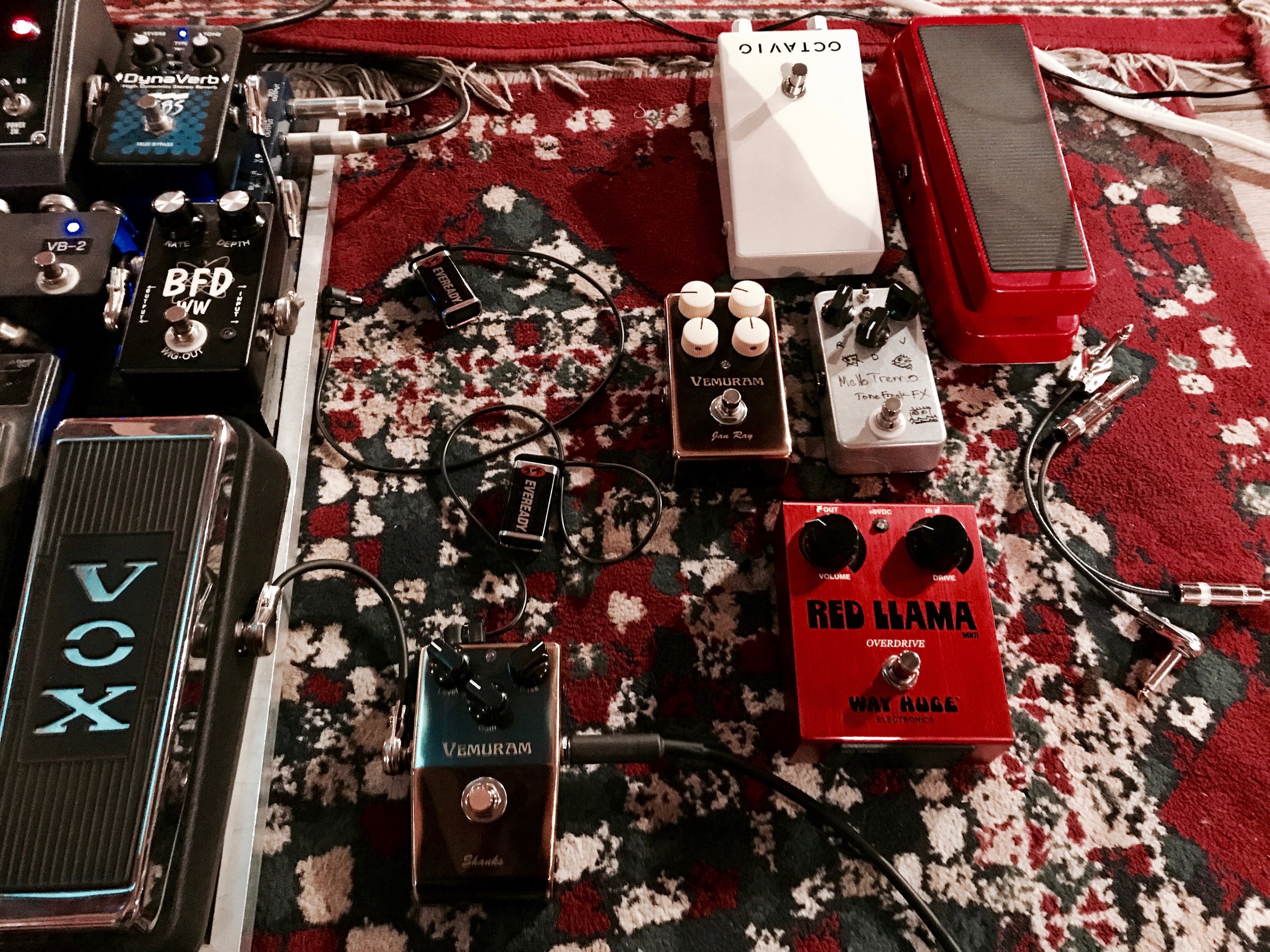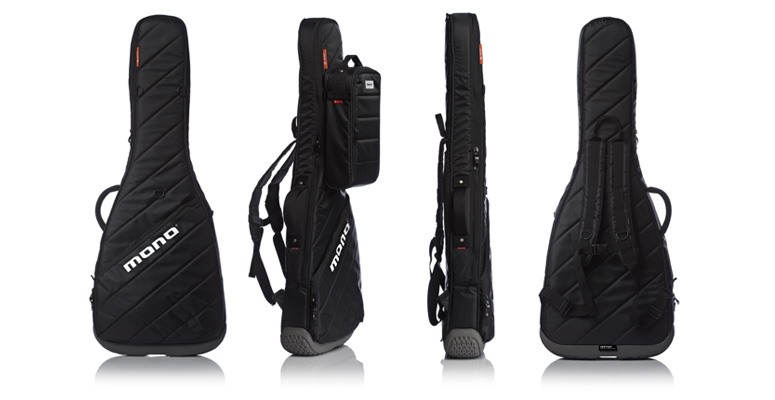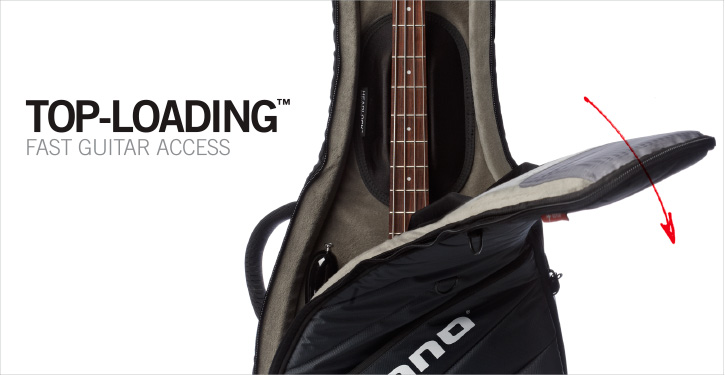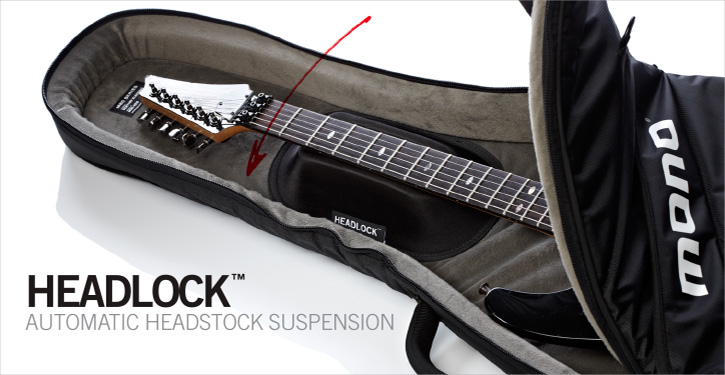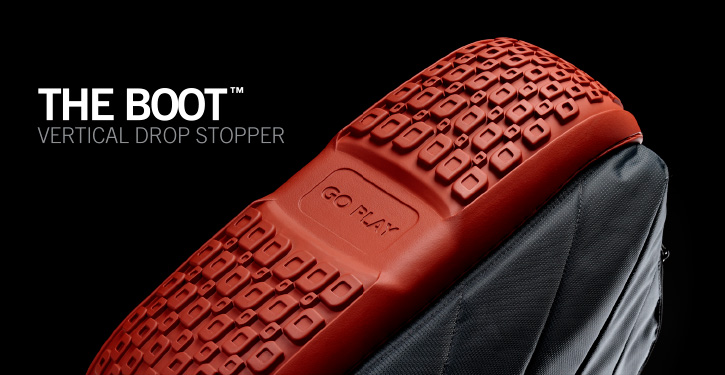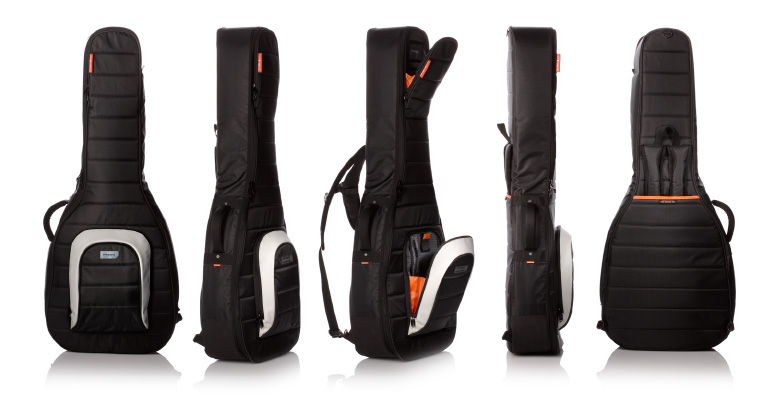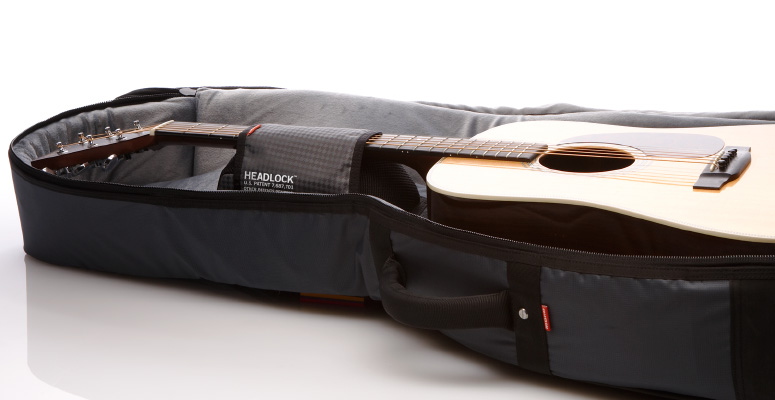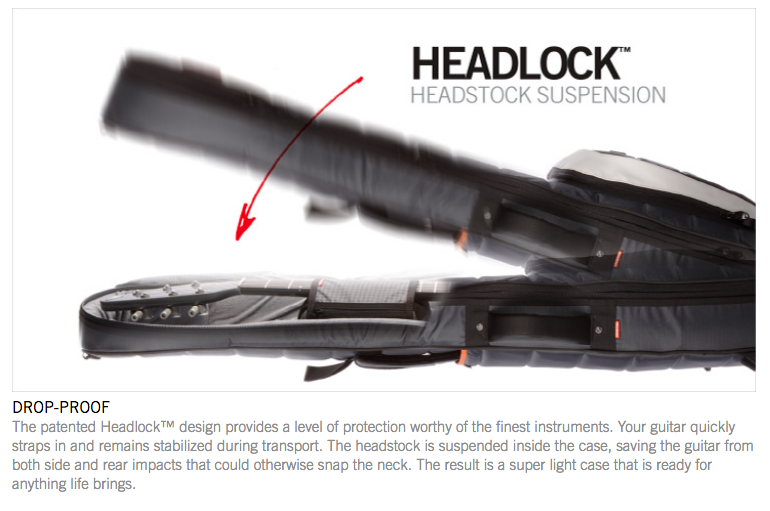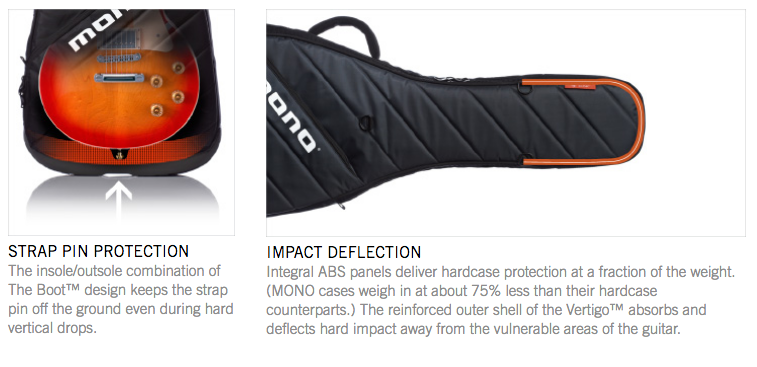Hello fellow Gearheads! Today I'd like to bring you another edition of Tone Tools, this time spending some time profiling a company that I really love supporting due to the incredible work they do for guitarists, and musicians, alike. Xact Tone Solutions, also known as XTS, are a Nashville, TN based company that deals in rig solutions for musicians; as well as making some of the best sounding overdrive, boost and fuzz pedals in the market today.
Xact Tone Solutions is a formidable hot spot for tone seekers. Owned and run by Greg Walton and Barry O'Neil, together they have created a business that not only creates incredible pedals and rigs, but also very creative and unique solutions for signal routing and modifying existing pieces to get the fullest potential. Today, I'll be focusing on XTS's Modifications and how well they've worked for me personally.
At the moment, I've got three pedals that Barry and crew have done their magic modifications to. Most often players will seek out the type of mods XTS do for the sake of functionality, improving the way a piece works within a rig and how the it effects the system as a whole. On to the pedals!
Vintage Technologies BFD Tremolo
The BFD Tremolo is a personal favorite and recommendation from my friend David Phillips at LA Sound Design, another incredible rig building company here in Los Angeles. The BFD is unique to most tremolo pedals in that it sounds so incredibly close to a real amplifier's tremolo circuit. The way it pulses, undulates and moves the air beneath your note is remarkably close to the real deal. The BFD is a slightly rare pedal in that it's no longer manufactured and Vintage Technologies is no longer around. They can however be found from time to time on the used market. The circuit itself inside the pedal is very simple --- which is an attest to it's pure and rich tone. There are unfortunately a few caveats with the simple design and it's performance in the "real world". Firstly, there is a volume drop when you click the pedal on. This is a common occurrence with tremolo pedals due to the perceived loss of volume that happens when the signal wave is raised and lowered, thus creating the tremolo'd effect. There is a little more loss of volume than other tremolo pedals, and having XTS adds a non-intrusive buffer circuit that doesn't completely alter the tone, but allows you to fine tune the "headroom" of the circuit. The pedal now can hit unity or above unity volume and still sounds incredible. Another issue with the original pedal is the non true-bypass switch which creates all sorts of problems with other pedals and the entire signal as a whole. XTS replaced the switch and the pedal can be placed anywhere in a system without any worry. Also added, was an LED indicator light as there isn't one stock on the pedal and everyone needs to know when our pedals are on or off, right!? The BFD Tremolo is a dark star in the world of tremolo pedals and having these mods from XTS really help the pedal be the best it truly can be.
Ibanez Mostortion MT10
The Ibanez Mostortion is a favorite overdrive of mine. In fact, it was my very first Gearheads post! Check it out HERE. The Mostortion is a sleeper of a pedal from the 10 series of Ibanez that has been a favorite of the Nashville recording scene for some time. It's a great tool in that it has a familiarity tonally but also has something unique about the feel and decay. The original housing however leaves a bit to desired, and can be slightly suspect to not being the most "road worthy" housing. For this reason, they are often rehoused putting the circuit and components in a new casing ensuring a long new life on any pedalboard. I'm a big fan of the rehousing work XTS performs, keeping all the key elements to the tone that I feel makes the pedal what it is and swapping out the elements that do not. I opted to have XTS only make the pedal true bypass so that it did not effect the rest of my pedalboard's signal and put the circuit in a new enclosure. I prefer to keep the original potentiometers and jacks etc... intact, as I feel they play a role in the tone of the circuit. What's left is fantastic sounding Mostortion with a new lease on life!
Nobels ODR-1
The Nobels ODR-1 is very neutral, natural sounding boost and overdrive. It sits somewhere between a light boost to medium drive. They were originally made in the 1990's and then later reissued. The EQ and presence of the ODR-1 makes the pedal great for recording due to it's rich low end profile and natural harmonic content, which is why it's another Nashville recording session favorite. I've got one of the original ODR-1's and found that while I absolutely loved the tone, I could not get past the awful bypass signal it created. It dulled my entire signal when the pedal was off and made other pedals sound less distinct and ultimately just didn't work that well. One obvious solution is to keep these types of devises in a "true-bypass loop," which is just another pedal that isolates the circuit, and allows you keep your signal chain problem free. I didn't have the space on my pedalboard for this solution and ultimately wanted to be able to use the ODR-1 in different situations where it could be used without a loop. Enter XTS and a very creative mod! The other option to solve my problem is to simply rehouse the pedal like my Mostortion was.... however I LOVE the look and the feel of the ODR-1 in it's present form. I didn't want to change ONE THING about the pedal. I love it's soft actuating footswitch and the vintage look. I just wanted the bypass of the pedal to be fixed so I could use it with willing and free abandon. Barry and crew at XTS devised a way to allow the pedal to essentially be true bypass but without changing out the switch or messing with the existing enclosure in any way. They installed a relay bypass inside the switching element that does exactly what I wished. Now the pedal sounds and looks incredible and it's become quite a favorite of mine in the studio.
All in all, many companies perform great modifications on all sorts of musical gear and I'm just happy to share my very satisfied experiences with the fine folks at Xact Tone Solutions. They are truly great lovers of all things gear and seek to help us musicians make the most out of what we've got. They definitely have gone above and beyond in making my tools that much more useful, something any musician would appreciate. Until next time, Happy Tone Hunting!










